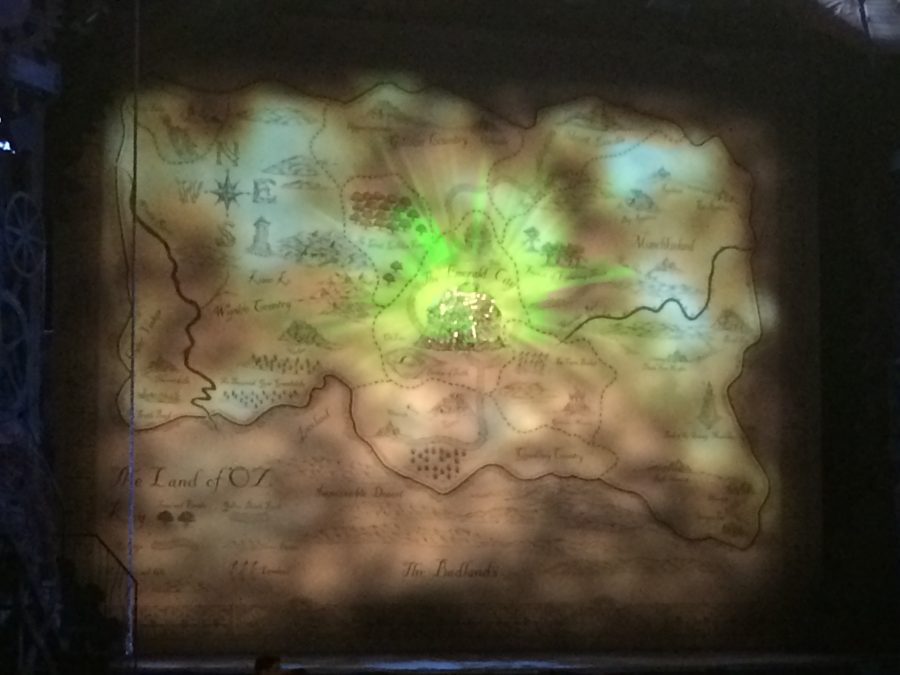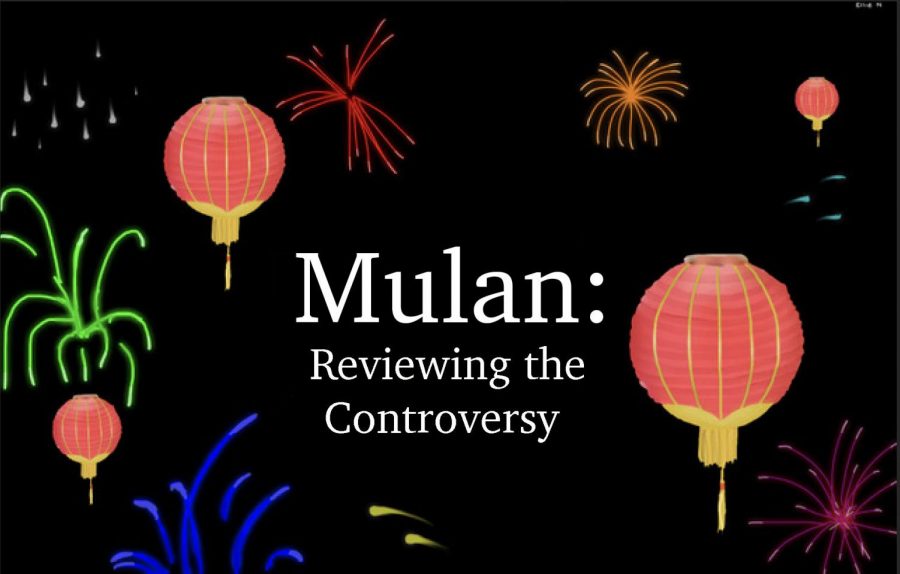By Madey Jacks
“Maleficent,” “Wicked” and “Cinderella” are prime examples of the remake revolution. Although these remakes present the basic plot of the originals, they alter the storyline enough to force audiences to question the motives and personalities of characters.
Just as the Yellow Brick Road was before Dorothy, spoilers are before you.
Besides entertainment, what do these remakes offer? Audiences experience the other side of the story, the second story. While the characters themselves remained the same, these remakes reveal enough of some characters’ personalities to have a cast of new characters with the same name. By analyzing the original characters in one of these remakes, viewers can attain a deeper understanding of the motivations of the characters.
As “Maleficent” unfolds, the audience is captured by Maleficent’s blossoming childhood romance ruined by greed. Maleficent’s innocence and tender personality are ravished by her love’s betrayal. In retribution for her loss, she retaliates against the daughter of her beloved King Stefan–Aurora. In the greatest twist of all, it was not the kiss of a prince that saved the beauty, but that of a regretful Maleficent.
Instead of throwing common damsel-in-distress stereotypes at moviegoers, “Maleficent” presented a world in which true love conquers your mistakes. The run-of-the-mill princess movie is remade into a tale of emotionally-fueled mistakes and the value of repentance.
As a child I was never in favor of the movies that followed harsh gender stereotypes. I understood that women were treated as property in the time period in which “Sleeping Beauty” is set, but I was unsatisfied with this motif defining the story of every original Disney princess movie. Villains could be powerful men or women but the hero was never to be a woman. Instead of being enchanted by the fairies’ sleeping spell, I was entranced with Maleficent’s innocence transformed into villainy which led to her heroism.
“Wicked” begins as the munchkins celebrate the death of the Wicked Witch of the West and lures the audience into believing that the upcoming events will not affect the witch’s demise. While Elphaba, The Wicked Witch of the West, and Glinda, The Good Witch, progress from absolutely loathing each other to forming a valuable friendship, the Wizard of Oz cooks up his own ill-intended plans.
“Wicked” reveals the consequences that fully trusting those with an excessive amount of authority can have on their scapegoats. The play encourages the audience to justly consider both sides of a conflict and teaches about the fallacies of human motivations. The morals of the only human in Oz, the Wizard, are warped so that he can serve as a metaphor for human motivations.
Unlike “Maleficent” and “Sleeping Beauty,” I was certain that “Wicked” would feature Dorothy as the hero. I was gleefully proven wrong; Elphaba, through her “demise,” was able to save Oz from the tyranny of the Wizard. “Wicked” challenged the concept that those with authority are trustworthy and that those under them should remain submissive. I had never liked the Wizard; his theatrics and brashness were too much, even for his good deeds to compensate. So when “Wicked” displayed him as a gilded individual, I rejoiced.
Much like how the Fairy Godmother transformed Cinderella, Disney has reworked its magic on this classic. “Cinderella” presents a similar tale to Disney’s 1950 “Cinderella,” but it provides a greater understanding of the Evil Stepmother. The events that transpire stay true to the animated version, but one scene lets the audience understand Stepmother so much more.
During a party Cinderella and her father discuss how much they miss her mother and the Evil Stepmother listens in. Although she and her daughters were materialistic and self-absorbed before this incident, she distances herself from the father-daughter duo. Stepmother’s emotionless relationship with Cinderella reaches it climax after her husband dies. Instead of showing concern for Cinderella’s well-being, she frets over the family’s finances and forces Cinderella into servitude.
While the stepmother’s reaction to Cinderella remains the same in both movies, it is the motivations behind the wicked woman’s actions that have the opportunity to teach the audience about life. Yes, her actions were shallow, but they were the result of being widowed two times and believing that her last husband did not value her. Human emotions are a tricky beast to conquer and they offer no proper excuse for mistreating others, but this complexity gives outsiders the opportunity to attempt to comprehend what the other is undergoing.
While Cinderella followed the plot of Disney’s first Cinderella, it deviates from the typical princess story. Cinderella didn’t just attend ball to meet prince, but she yearned to participate in a kingdom wide event. The live-action Cinderella makes the distinction clear: Cinderella’s determination saved her, the prince simply fell in love with her.
These remakes have proven to audiences that there is more to the original story and that everyone has their side to tell. But these remakes only transcend entertainment if audience members can grasp the morals that are present.













